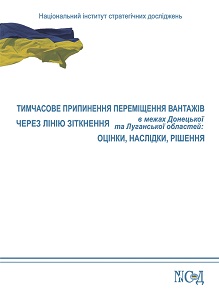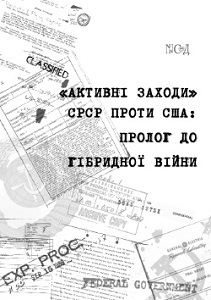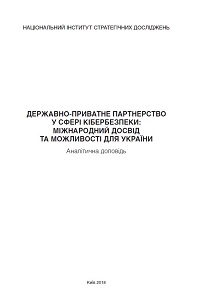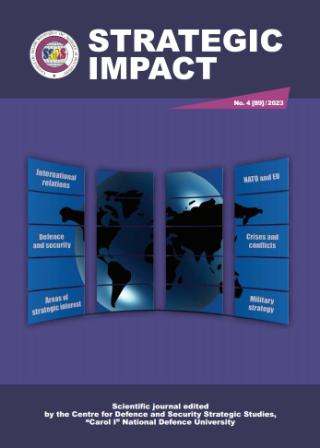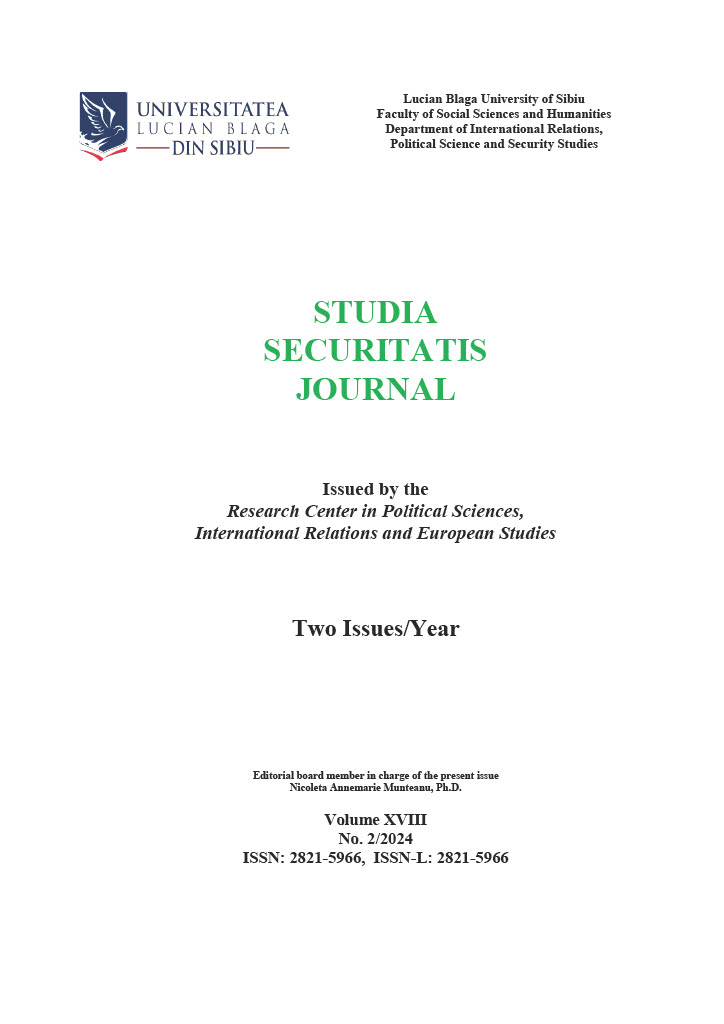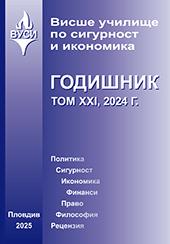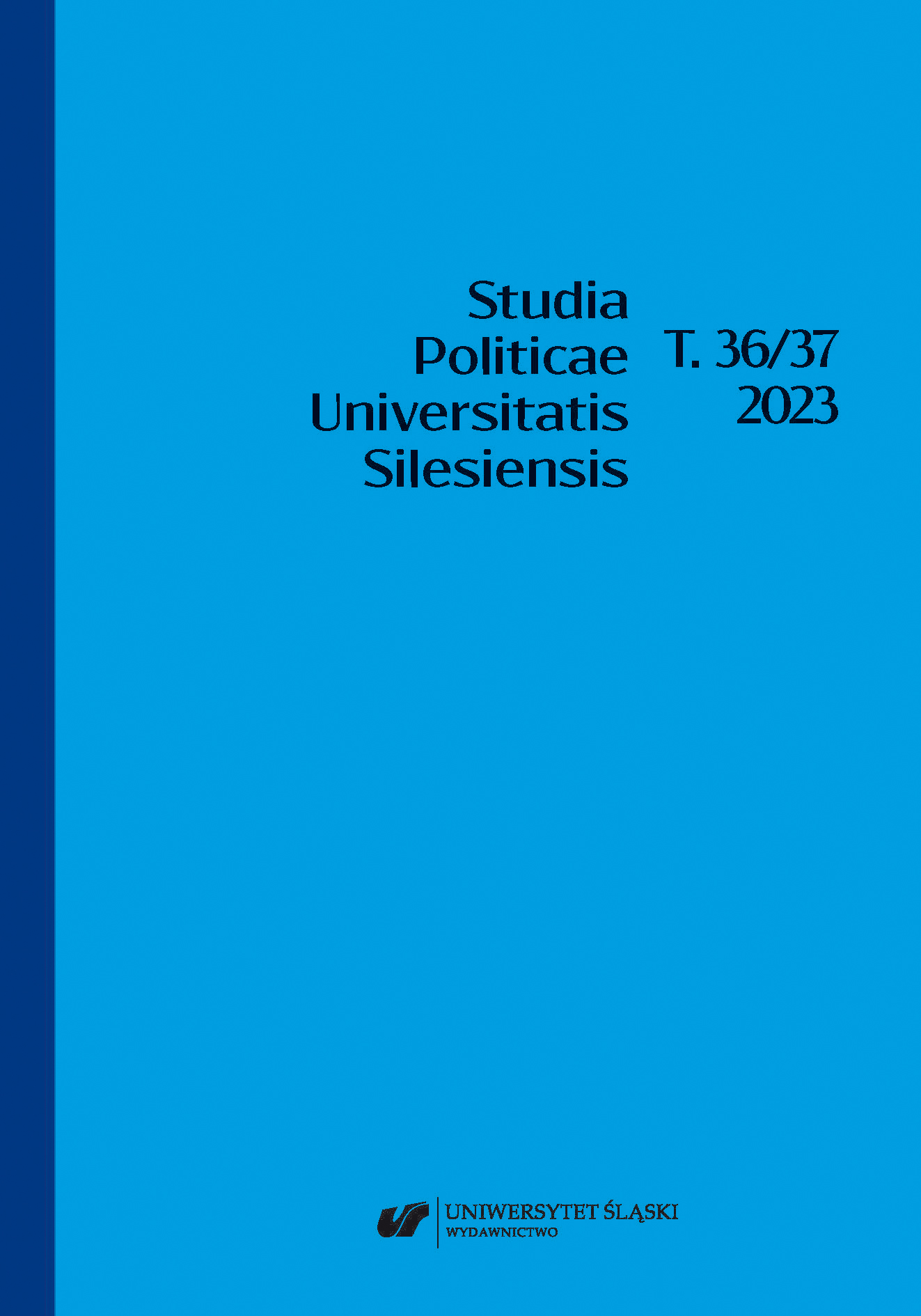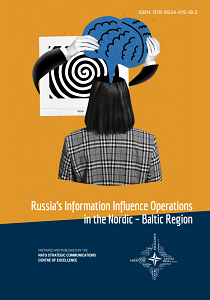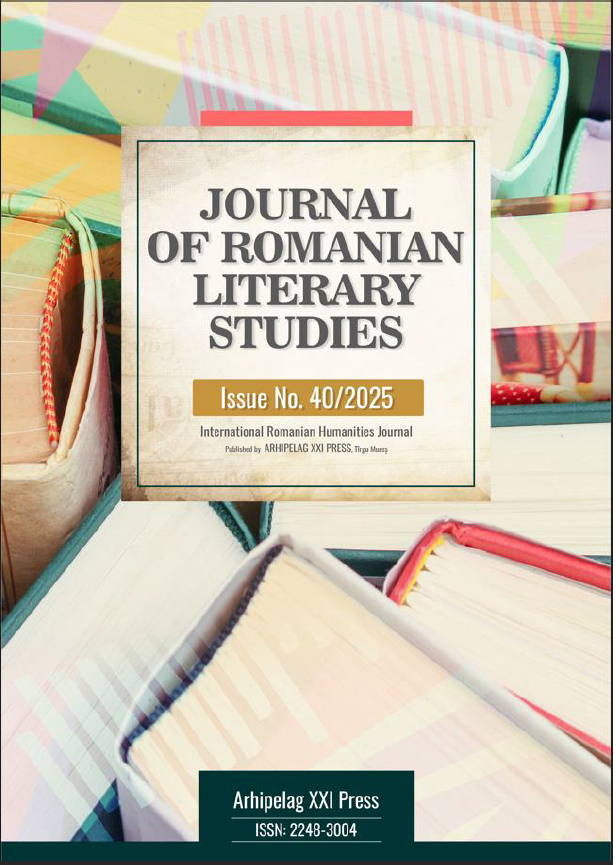Author(s): Anneli Ahonen,Arsalan Bilal,Gunhild Hoogensen Gjørv,Juris Jurāns,Martin Kragh,Kristofers Kārlis Krūmiņš,Elina Lange-Ionatamishvili,Balys Liubinavičius,Kamil Mikulski,Holger Mölder,Jón Gunnar Ólafsson,Silja Bára Ómarsdóttir,Vladimir Sazonov,Jeanette Serritzlev / Language(s): English
This publication has been prepared in the framework of the NATO Strategic Communications Centre of Excellence’s (NATO StratCom COE) project, which explores foreign hostile influence in the Nordic-Baltic region since 2016. This paper looks at Russia’s information influence operations in each of the eight countries (Denmark, Estonia, Finland, Iceland, Latvia, Lithuania, Norway, and Sweden – the NB8) by explaining the historical context and drawing on a number of case studies (2018 – 2023). The authors have dived into nuances of their own domestic sociopolitical environments and their country’s relationship with Russia, and incorporated the effects of the ongoing Russian invasion of Ukraine. The publication explores the factors for the success or failure of Russia’s information influence in the respective countries, as well as assessing the measures countries are taking to mitigate the hostile influence. The introductory chapter of the publication, co-authored by Kamil Mikulski, research fellow at the NATO StratCom COE, and Elina Lange-Ionatamishvili, a senior expert at the NATO StratCom COE, looks at the term ‘information influence operations’ and its relationships with other concepts such as hybrid threats, hybrid warfare, influence operations, and cognitive warfare. The authors explore existing definitions and usage in Western scholarship, look at security strategies of the NB8, and compare those with the interpretations found in Russia’s strategic thinking. The chapter on Denmark by Jeanette Serritzlev of the Royal Danish Defence College reveals that instead of directly targeting the Danish population, Russia mostly focuses on spreading disinformation about Denmark. Although Denmark has not been among the top targets of Russia’s influence, Russia has attempted to exploit discussions on the future status of Greenland, to challenge Denmark’s stance on Ukraine, and to damage its international image. The author has also looked at how old disinformation networks (a common trend in Europe), such as the Covid-19 vaccine sceptics, have turned towards supporting anti-Western or anti-Ukraine narratives, which plays to the Kremlin’s advantage in domestic information spaces. The author concludes that Danish society is rather resilient against Russian malign influence operations due to the strong democratic institutions of the country, its stable political landscape, and its lack of proximity to Russia both geographically and linguistically. Professor Holger Mölder of the Tallinn University of Technology and Vladimir Sazonov of the Estonian Military Academy and the University of Tartu in their chapter about Estonia pay special attention to how Russia is using local alternative political movements and Russian media channels to exert influence on Estonian society. The authors conclude that, while blocking access to Russian state media channels in 2022 made direct interference more difficult, it did not prevent them from reaching Estonian audiences via other information channels, social media in particular. The authors discuss how turbulence in geopolitics and subsequent economic rifts have caused Estonian far-right and far-left political forces to adopt pro-Kremlin narratives. Although their influence can be deemed as minimal compared with the consistent support of the majority of the population towards Ukraine and the West, some parts of Estonian society remain susceptible to Russia’s influence attempts, faced with domestic and international socio-economic challenges. Finland, as noted by author Anneli Ahonen, former head of EEAS East StratCom Task Force and research associate at Cardiff University, stands out as an example of where Russia has adapted its influence campaigns to suit different strategic objectives. Russia has historically framed Finland as a friendly neighbour, while at the same time making repeated intimidating statements to deter Finland from joining NATO. As the geopolitical reality changed with Finland’s application to NATO in May 2022, Russia had to adapt its narrative frameworks and influence tactics. The case studies about migrants on the Finnish border, Finland’s aid to Ukraine, and the process of accession to NATO illustrate Russia’s current approach. While there is strong resilience in Finnish society against Russia’s malign influence, the author notes the intensification of hybrid threats in the region and against Finland in particular, signalling a future trend. Professor Silja Bára Ómarsdóttir and Assistant Professor Jón Gunnar Ólafsson of the University of Iceland use the case study of Russia’s invasion of Ukraine and the Icelandic response to it to analyse the level of societal resilience against hostile information influence campaigns. While they point to the often reactive and small media landscape in Iceland and high reliance on social media, strong support for NATO and Ukraine has been consistent, thus making the population less prone to accept Russia’s purported narratives. In addition, the authors note the unique nature of the Icelandic language and the geographical distance from Russia act as deterrents to Russia’s broader information influence operations. Yet, continuous caution should be exercised, as it would require little resources for a hostile foreign actor to penetrate Iceland’s information ecosystem. The case study on Latvia by Juris Jurāns, researcher at the Centre for East European Policy Studies, takes a thorough look at Russia’s influence operations vis-à-vis Latvia in the political, diplomatic, economic, and media domains. The author discerns the main narratives undermining Latvian national interests and describes how those are promoted in society. Against the historical background of deteriorating diplomatic relations between Latvia and Russia, the author outlines the increasing aggressiveness in portraying Latvia as a failed state and efforts to divide society over the problem of integrating the Russian-speaking population. Some of the most frequent narratives and tactics used by Russia are explored through case studies of Covid-19 disinformation networks and political forces that mirror pro-Kremlin propaganda. The author also points to the continuous threats stemming from the Kremlin’s agents of influence and the instrumentalisation of Soviet heritage to incite contentious memory politics. The Lithuanian case study by Balys Liubinavičius, former senior analyst at Debunk. org, explores current trends of Russia’s information influence operations in light of the long history of such influence in the Baltic States. The author considers various local proliferators of Russian messaging and domestic-facing and foreign-facing Russian media, to better comprehend the complex media landscape. The chapter explores factors for Lithuania’s resilience against information influence operations by referring to case studies of Russian disinformation campaigns, such as the use of social media and domestic-facing media channels, portraying Lithuania as a morally depraved and failed state. A common trend is established to be Russia’s opportunism in exploiting situations like the Belarus – EU border crisis and aid provision to Ukraine. In the case study about Norway, Professor Gunhild Hoogensen Gjørv and doctoral research fellow Arsalan Bilal of UiT The Arctic University of Norway discuss Russia’s increasing ambitions towards the Arctic and how this affects Norway, taking a closer look at the cases of Svalbard and Kirkenes. They find that there is a strong centre – periphery relationship in these parts of Norway vis-à-vis the rest of the country, which makes them more vulnerable to Russian influence operations. They note the primary tools currently employed by Russia are disinformation and distortion of events, exploitation of academic cooperation and science diplomacy, and soft economic power and memory politics, particularly in the regions geographically proximate to Russia. The Swedish case study by Dr Martin Kragh of the Swedish Institute of International Affairs introduces the history of Russian information influence operations in Sweden and outlines the ways the Kremlin has managed to insert itself into contentious areas, such as immigration, crime, and Sweden’s response to the COVID-19 pandemic, among others. In addition, this chapter points to Russia’s strategic failure in preventing Sweden’s NATO accession, while emphasising the Kremlin’s consistent efforts to undermine public trust in Sweden’s institutions and its alignment with the West. According to the author’s assessment, Swedish society overall is not susceptible to Russian influence. However, this does not mean that Russia does not have ambitions to target Sweden also in the future.
More...


